
|
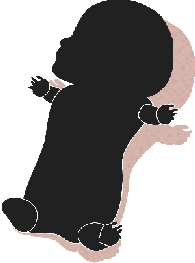
What is Thalidomide?
THALOMID (thalidomide)
Thalidomide was first used to treat insomnia and morning sickness during pregnancy in Europe during the late 1950s and early 1960s.
By 1961, scientists had discovered that thalidomide stunted the growth of fetal arms and legs and thousands of European babies were afflicted with serious birth disorders because their mothers used the drug.
On July 16, 1998, the Food and Drug Administration approved the use of thalidomide for the treatment of dehabilitating and disfiguring lesions caused by leprosy. This approval comes with strict warnings to women who are pregnant or are contemplating pregnancy. Side effects include mood changes, headache, nausea, constipation, dry skin, thyroid problems and slow heart beat.
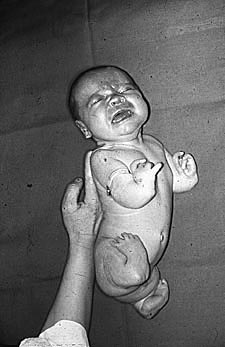
A thalidomide baby
Note the deformity to the limbs caused by the drug while the baby was developing in the womb.
|

A thalidomide child
Most went on to live normal and successful lives. Many had families of their own.
|
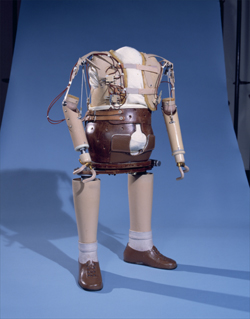
Artificial limbs for a thalidomide child
These are similar to those worn by Terry at Chailey Hospital.
|
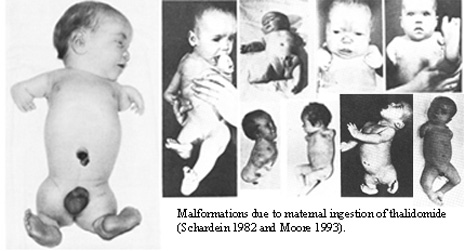
Collage of photographs of thalidomide babies
These images clearly shown the deformities caused by the drug.
|

Mandy Masters
A psychic and the UK's first thalidomide grandmother. Both Mandy's daughter Nicola and her grandchild were born with normal arms and legs.
|
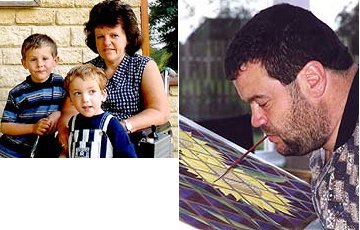
Geraldine Freeman and Tom Yendell
Geraldine Freeman (above), mother of two, is married to another thalidomider, Eddie. They live in a barn conversion in Wiltshire.
Tom Yendell (right) was not seen by his parents until he was six months old: health professionals didn't think they would stand the shock of having a deformed child. Tom is also a family man and an artist with his own gallery in Hampshire.
Like Mandy Masters, both Tom and Geraline's children are deformity free, exploding the myth that the effects of the drug are invariably passed on through the generations.
|
|
|
